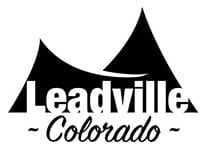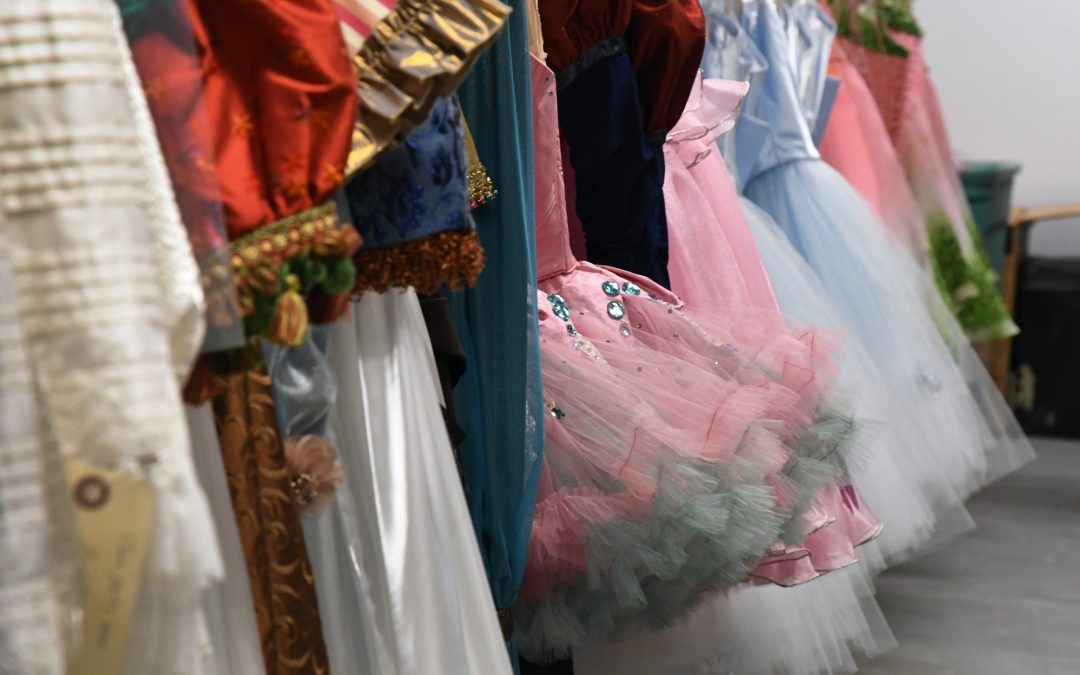When Holly Hynes, the internationally renowned costume designer, sat in the Ellie Caulkins Opera House watching the Colorado Ballet’s “Nutcracker” she thought that it looked “pretty gorgeous” – then she got a closer look at the wardrobe backstage.
The 33-year-old costumes – hand-me-downs from the San Francisco Ballet – were definitely showing their age. “They were worn … patched,” Hynes said. “The capes were so heavy.”
It was time for new “Nutcracker” duds and Hynes, who has created tutus and tights for the New York City Ballet, the Bolshoi Ballet, London’s Royal Ballet and La Scala in Milan, was commissioned to design them.
It was part of a $1.5 million revamp of the company’s production with all new sets and 177 new costumes. But not long after Hynes saw “The Nutcracker” in Denver, the plans were almost upended, as were so many things, by the pandemic.
As theaters closed and new productions were postponed, all the shops that depend on supporting plays and dance saw their work evaporate.
“I had 17 projects that came to a screeching halt,” Hynes said. “It was great that the Colorado Ballet decided to go ahead. It made a huge difference to 18 shops in this project. Many of them would have folded if they hadn’t had the Colorado Ballet.”

In effect, the Colorado Ballet created its own stimulus package for costume designers and makers in the depths of the pandemic.
“We started talking to the shops in New York and here in Colorado and they were very anxious to do the work, because they had none,” Gil Boggs, the Colorado Ballet’s artistic director, said. “We got some benefit on price and we weren’t rushed.”
And the shops poured more effort into the project, Hynes said. “The work that came out of them was three times what we would have gotten if they had other projects.”
One of the workshops that was thrown a lifeline was Parson-Meares, in Long Island City, New York. In its four decades, the shop has made the costumes for a legion of Broadway shows, including “Phantom of the Opera,” “The Lion King,” “Cats” and “Hamilton.”
But in early 2020 it had no work and its 58 employees were furloughed. Then the Colorado Ballet came knocking.
“The Colorado Ballet gave us work at a time when we would have had none,” said Sally Ann Parsons, owner of the workshop. The contract enabled Parsons to bring back 35 employees, split up into three shifts so there would never be too many people in the studio.
Among the costumes Parsons-Meares was asked to make were the tutu for the Sugar Plum Fairy, the mice – very important in the “Nutcracker,” for those not versed in it – the toy soldiers and the jester-like polichinelles, who spill from under Mother Ginger’s huge skirt.

Then the difficult part of crafting and fitting the costumes began. Normally the designer is very hands-on with the workshops and the ballet company and the costumes are fit to the dancers who will wear them.
But now everyone was isolated. Hynes’ assistant drove into New York City and came back with loads of swatches and trim and over five days she selected the fabrics while sitting on her back porch. “There was a sense of urgency because we were worried whether we’d be able to get everything, whether there would be supply-chain issues,” she said.
Designs and cloth were distributed to the workshops and they began sewing. But the dancers who would be wearing them were back in Colorado. Measurements for each dancer had been sent along.
“We did fittings on dancers we knew, or Holly knew” that were about the same size, Parsons said. Hynes borrowed neighborhood kids for the children’s costumes. Her assistant had a camera so she could view the fittings remotely. “Holly didn’t see costumes close up until last spring,” Parsons said.
And while the new costumes may not last another three decades, they were built to stand up to time. “The costumes in a ballet like ‘Nutcracker’ are used for years and years, so you need to think about how you can make them adjustable,” Parsons said. There is extra material in the side seams and extra material in the bodices.
“Stretch is our friend so we want to incorporate it into jackets, bodices,” Hynes said. “The good thing about ‘The Nutcracker’ is that it fills the seats. The bad thing is it always needs to be continually upgraded and refurbished. It is never-ending.”

The Colorado Ballet dancers finally got to slip into the new garments in September. “The costumes were 80% of the way there,” Boggs said. “Some costumes went back to New York and some were handled by the ballet’s wardrobe department.”
Boggs wanted to keep the ballet in its Victorian setting, as it was in the original production – no modern adaptation, he said. “I am a little anxious to see the audience’s reaction to changing something that was working well.”
For Hynes the costumes are, in the spirit of ballet, an exercise of theme and variation. “The first act is a period piece and in the second act you can let your imagination go wild,” she said.
“We try to carry something from the party scene that has stuck in Clara’s brain that carries over to the Land of Sweets,” Hynes said. One of those is her mother’s plum-colored dress transformed into the Sugar Plum Fairy’s tutu.
Another is a fabric print on a couch in the party scene that becomes the massive tent-like dress of Mother Ginger in the second act. “I don’t know if the audience will catch it, but it is fun for us,” Hynes said.

Some details the audience will never see, such as the buttons on the vest of Clara’s mysterious godfather Drosselmeyer (who gives her the nutcracker). The buttons are etched as compasses, a little bow to Drosselmeyer as an enigmatic voyageur.
But the audience will never see them, so why? “The dancer sees it in the mirror and feels special,” Hynes said. “Some of those details are just for the dancers.”
The dancers are still getting comfortable in the new costumes. “They need to be broken in a little bit,” said Yosvani Ramos, a principal dancer with the company. “It’s like when you get new shoes.”
Dana Benton, a principal who will dance the role of the Sugar Plum Fairy, said, “We haven’t sweated in them yet. We like to have the costumes sweat because it shapes it to your body.”

One ballet tradition is that the dancer who first dances in a costume has his or her name sewn into it. When the Colorado Ballet would rent costumes from a big company, like American Ballet Theater, Ramos said he’d sometimes find the names of great dancers, like Mikhail Baryshnikov or Angel Corella, in his costume.
“It is very rare to have a costume made on you,” Ramos said. “It is so special to have your name in a costume. We are the first.”



We believe vital information needs to be seen by the people impacted, whether it’s a public health crisis, investigative reporting or keeping lawmakers accountable. This reporting depends on support from readers like you.
This content was originally published here.

